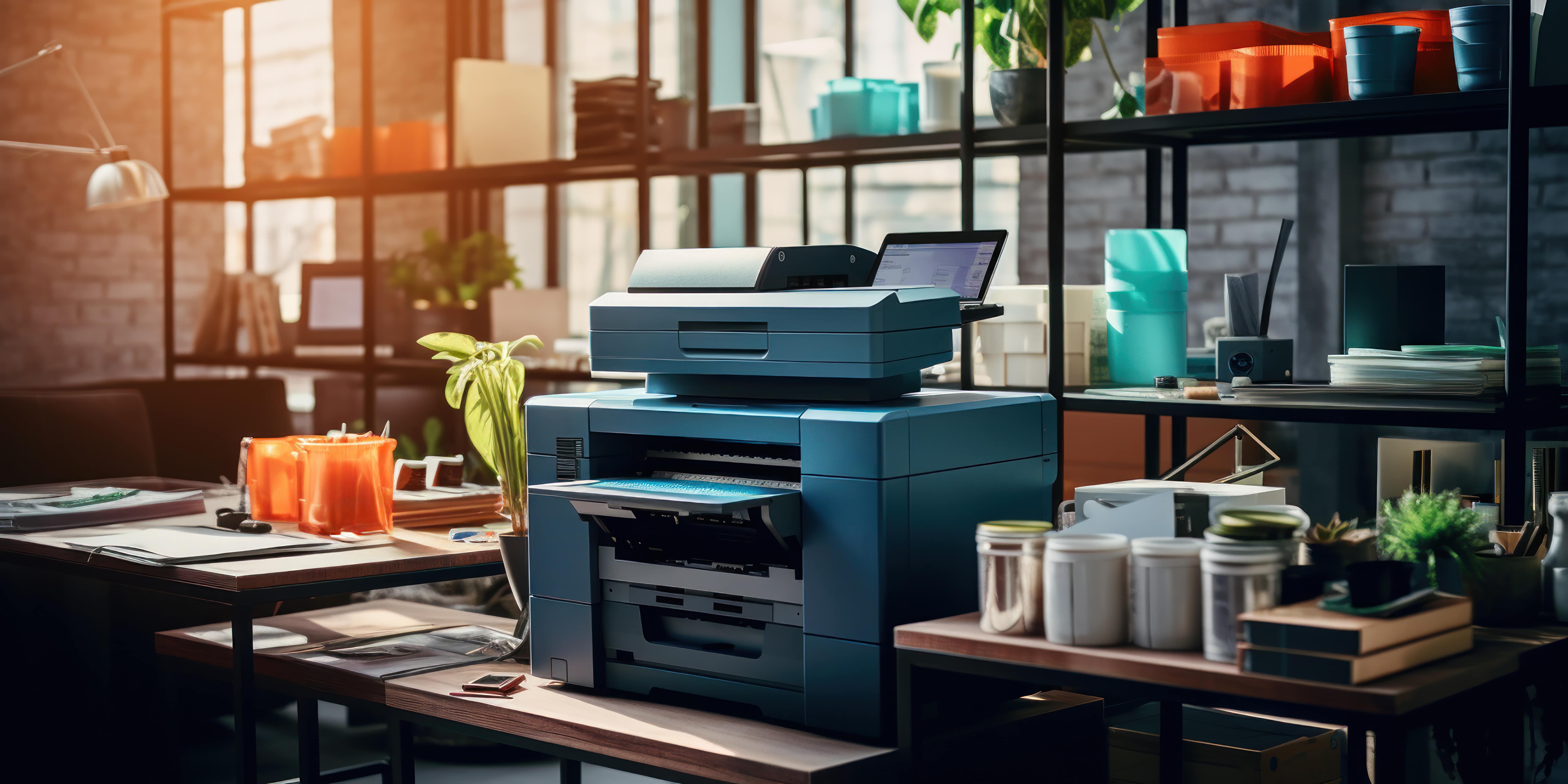
Few things disrupt your workflow more than a printer that constantly jams. You line up an important document, hit print, and suddenly the machine stops, flashing warning lights and churning paper halfway through the rollers. If you’ve found yourself repeatedly asking, “Why does my printer keep jamming?”, this detailed blog on printer troubleshooting is here to help.
Paper jams can stem from several causes, and understanding them is the first step toward solving — and preventing — the problem. In this post, we’ll explore why jams occur, how to handle them, and what steps you can take to keep your printer running smoothly.
Before we jump into fixes, let’s take a closer look at the most common causes of printer jams:
Knowing which of these issues might be at play in your printer is key to solving the problem effectively.
If your printer is already jammed, follow these steps to safely clear it and get back to printing:
Be sure not to use excessive force. If the paper is stuck and won’t budge, it may be time to call a printer repair service.
Clearing a jam is one thing, but preventing them is where real peace of mind comes from. Here’s how to reduce the chances of future paper jams:
These proactive steps go a long way in maintaining consistent print performance.
If jams become a recurring issue despite your best efforts, something deeper may be wrong. Chronic jams can point to a mechanical issue or worn-out components inside your printer. This is especially common in older devices or machines used in high-volume environments.
This is when professional help becomes essential. Calling a printer repair service ensures that trained technicians inspect your machine, identify root causes, and replace any malfunctioning parts. Attempting complex repairs yourself can often lead to more damage if you’re unfamiliar with the internal structure of your printer.
Some issues are specific to certain brands. For example, users experiencing an HP printer offline issue may notice that the device isn’t recognizing the paper tray status, which leads to confusing error messages. In such cases, updating your printer’s firmware or reinstalling drivers often helps.
Epson printers, on the other hand, might struggle with thicker papers or have jams caused by dried ink near the rollers. Knowing how your specific printer behaves can make a big difference.
While repairs are often cheaper than replacement, there are times when buying a new printer makes more sense. Here’s when it might be time:
Upgrading to a new model may be a better investment if ongoing repairs begin to add up.
Basic maintenance goes a long way in extending your printer’s lifespan.
There are times when DIY fixes just won’t cut it. If your printer:
…then it's time to contact a printer repair service.
Trained professionals can open the printer safely, identify worn-out rollers, replace broken parts, and ensure all functions are restored. You’ll also get guidance on how to prevent the same problem from happening again.
Printer jams are frustrating, but most of them can be avoided or resolved with careful attention and regular maintenance. From correct paper loading to keeping rollers clean, small habits make a big difference. When those aren’t enough, don’t hesitate to bring in the professionals.
Understanding the basics of printer troubleshooting gives you a head start on fixing issues fast. And if you're dealing with consistent problems like offline errors or persistent jams, the right support can bring your device back to full health.
Whether you're maintaining a home office or managing a large business, a well-functioning printer saves time, money, and stress. Stay ahead of problems with smart upkeep and prompt repair — and you’ll keep your documents flowing smoothly.

Why Does My Printer Keep Jamming? Printer Trouble...

How to Connect Canon Pixma Printer TS3522 to WiFi...
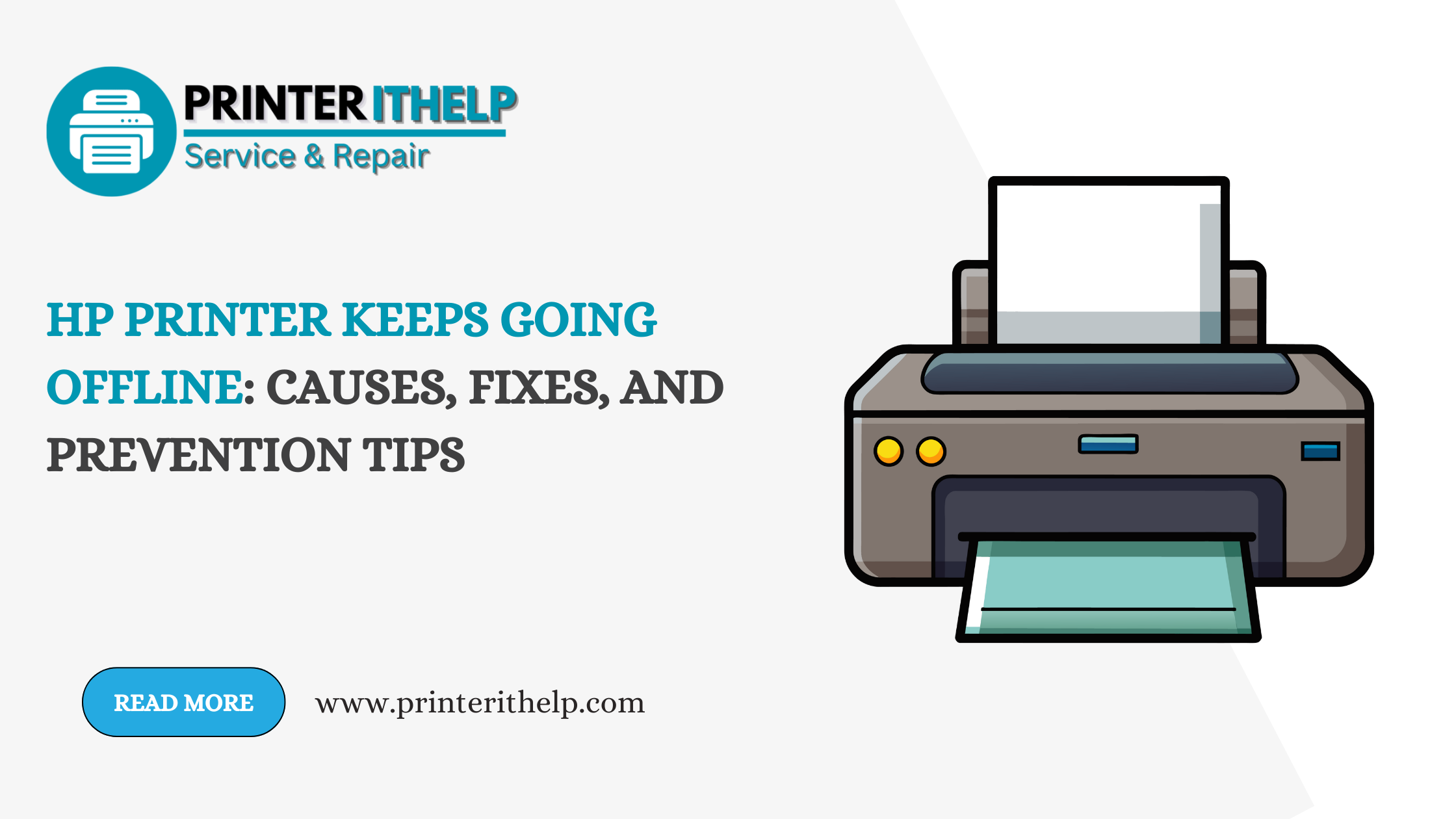
HP Printer Keeps Going Offline: Causes, Fixes, an...
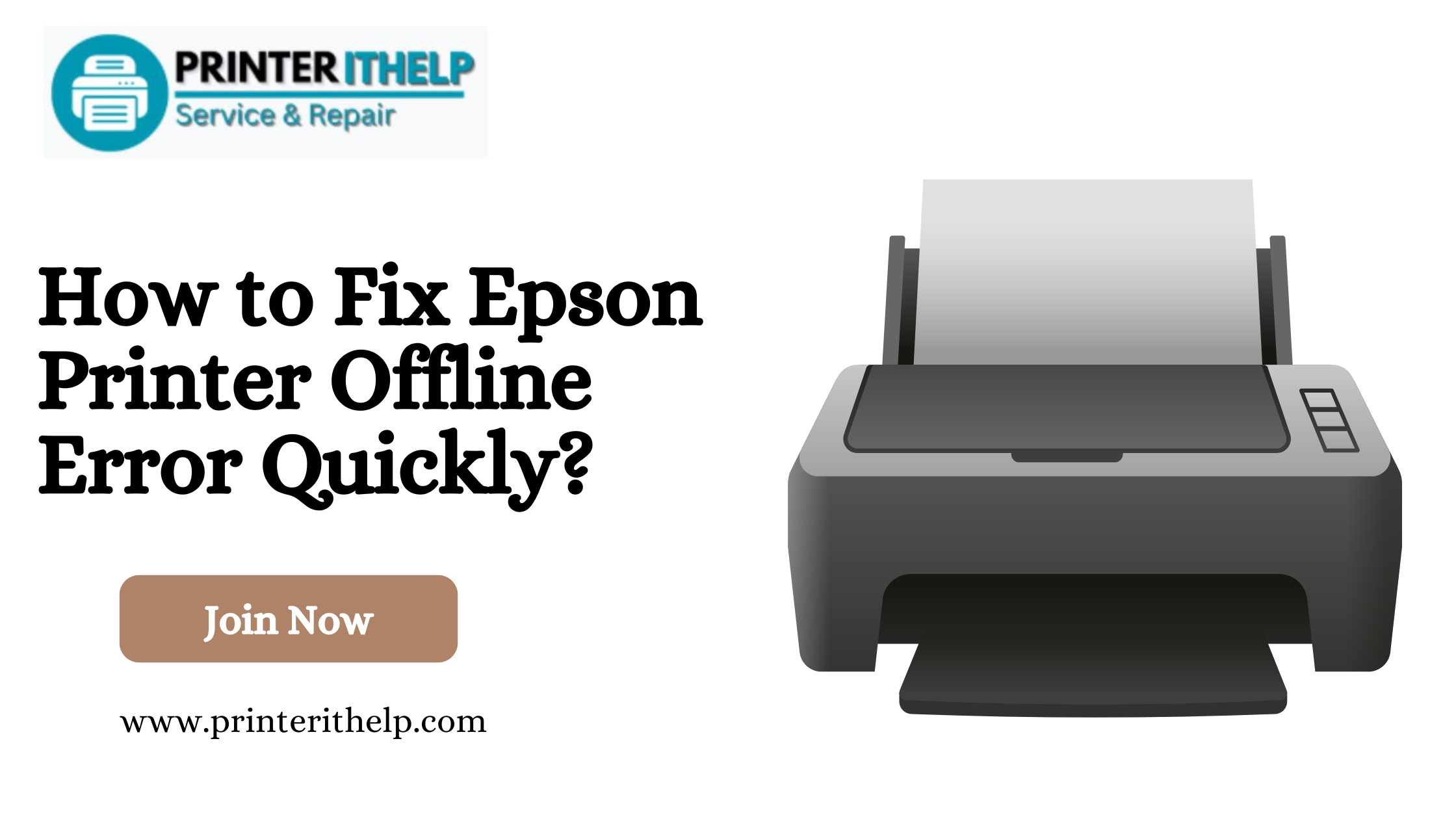
How to Fix Epson Printer Offline Error Quickly?...
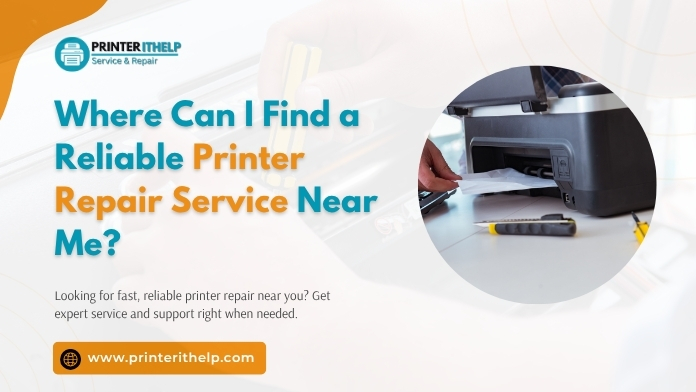
Where Can I Find a Reliable Printer Repair Servic...
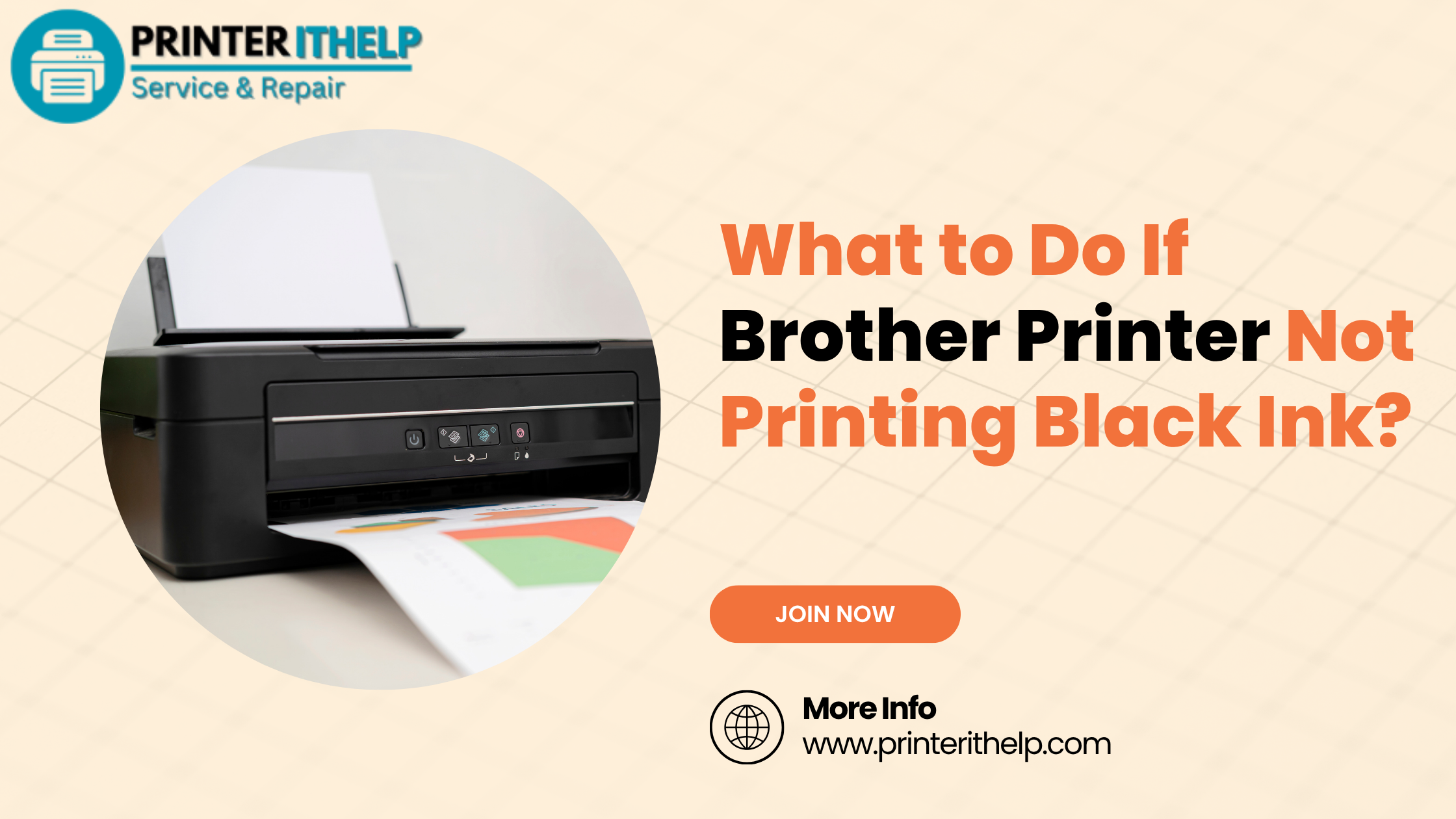
What to Do If Brother Printer Not Printing Black ...
